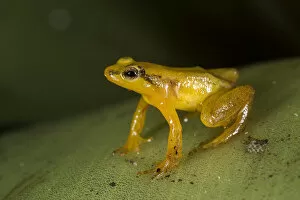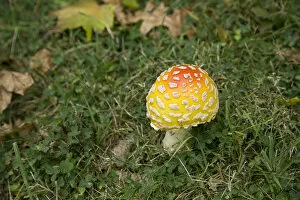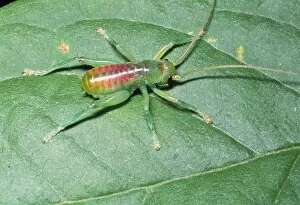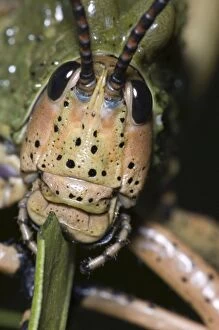Aposematic Collection
Aposematic Wonders of the Natural World: From the vibrant Banded Tree Snake in Yasuni National Park to the striking Beebes Rocket Frog at Kaieteur Falls
All Professionally Made to Order for Quick Shipping
Aposematic Wonders of the Natural World: From the vibrant Banded Tree Snake in Yasuni National Park to the striking Beebes Rocket Frog at Kaieteur Falls, these creatures showcase their bold and colorful warning signs. In Costa Rica, we encounter the captivating Strawberry Poison Dart Frog, a tiny yet potent beauty. The Pittsburgh swallowtail caterpillar F007/9924 and Bush-cricket nymph remind us that even insects can possess aposematic traits for self-defense. Meanwhile, a Common wasp fearlessly feeds on a flower while flaunting its distinctive markings. Witnessing a mutated eastern newt reveals nature's ability to adapt and evolve with unique defensive mechanisms. The Green Milkweed locust nymphs in Grahamstown, South Africa exhibit vivid warning colors as they feed on herbs and shrubs, sometimes causing damage to young citrus trees. With their gregarious behavior during nymphal stages, these remarkable creatures serve as reminders of the awe-inspiring diversity found within our grassy habitats.











